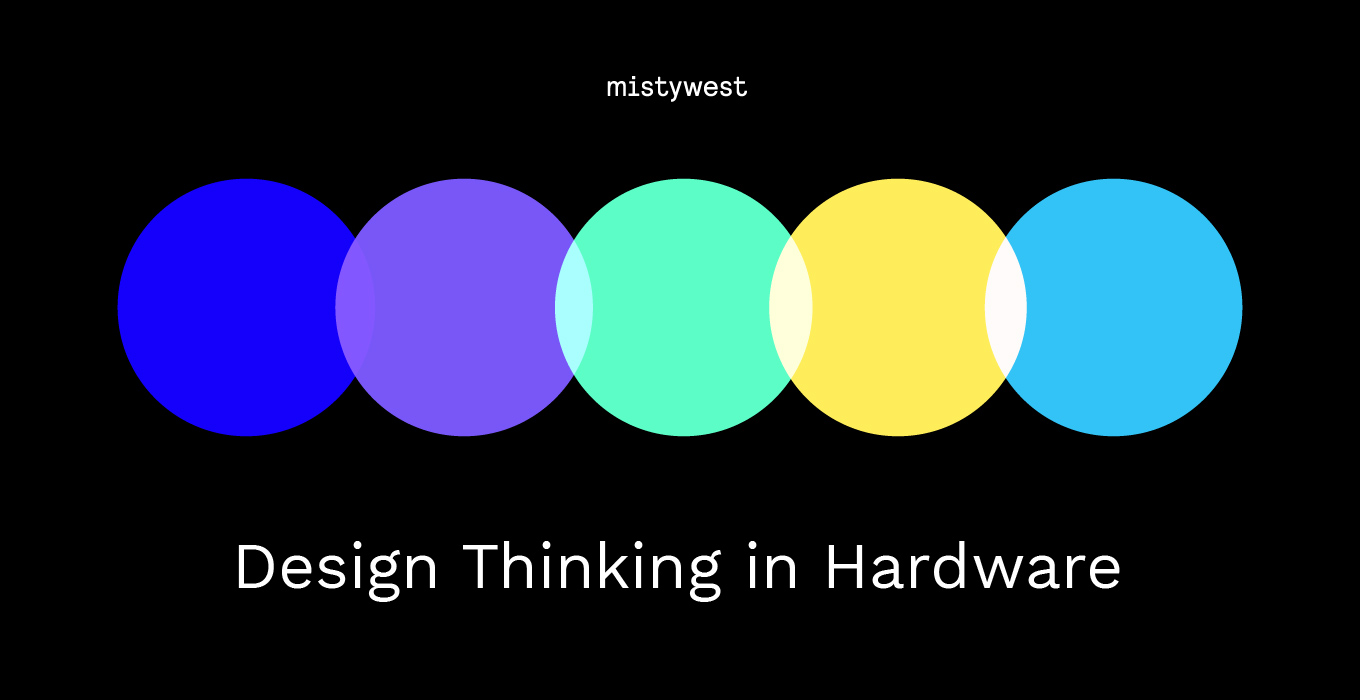Has your business spent time and money developing a hardware product that failed at the commercialization stage because it didn’t meet customer expectations? Have you wondered at what point in product development you lost sight of the user story? A design thinking methodology can help to address these common issues that product development teams face.

Design thinking does not (necessarily) require mathematical thinking
What is Design Thinking?
Design thinking is a method of systematically assessing a problem and identifying opportunities to address it. It follows an iterative process of defining the problem, gathering information through research, brainstorming, building models of the best ideas, and testing them – all with intent to learn what needs improvement to meet user needs and expectations.
For years, we’ve colloquially referred to ourselves as “hard problem solvers” at MistyWest, with “hard problems only” as a loosely official tagline for the company. The goal of design thinking is to design a solution to a problem that a group of people–in our case, our client’s customers–are experiencing. The combination of design thinking and a first principles approach to hardware development helps us deliver innovative solutions to our clients’ problems, for example building an animal tracker or a 3D volumetric display.
Applying design thinking helps in the product design process to identify how a product delivers value from the perspective of the people who will ultimately use that product. By starting with research, then testing designs with people representative of the user group, we can incrementally refine the solution. Long term cost of a project decreases when using incremental refinement since we can identify problems before they become costly to fix in later production stages.
We’ve previously covered MistyWest’s iterative approach to hardware prototyping. This post will dive into the human-centred approach that guides product development from a loosely defined problem to a viable solution.
The Design Thinking Process
The design thinking process consists of five steps repeated as an iterative process. With each iteration, a more detailed understanding of the users’ needs, problem domain, and available technological solutions forms, allowing for increasingly complex and specific prototypes. This process repeats until the design is an appropriate solution to the user group’s problem.
Using a frequent reevaluation of the design solution against user needs and problem parameters, the product development team avoids investing significant effort into unviable development paths.
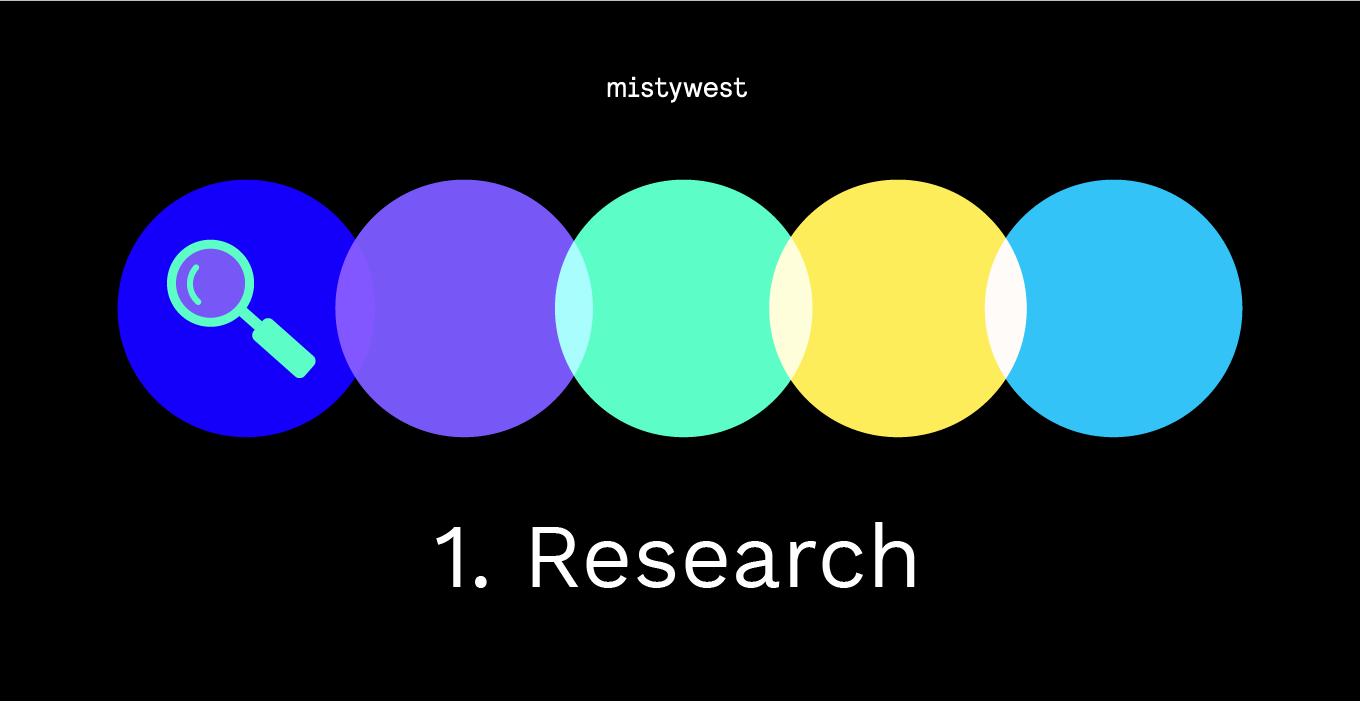
1. Research
Gather information about the problem. Use techniques such as contextual observation and user interviews to build empathy with the people who will eventually use the product and see how they experience the problem. Observe those who are experiencing the problem in situations where it occurs.
Talk to experts, conduct market research, and challenge your assumptions to ensure you are approaching the problem from an unbiased perspective; you don’t want to end up developing a product that solves someone else’s problem. By aligning the design team’s point of view with that of the intended users in the research phase, the design team makes better design decisions.
Example: From experience in the construction industry, TZOA’s founder Kevin R. Hart knew first-hand how harmful poor air quality is. Through many conversations with construction personnel and homeowners, he understood what their needs are. With market research, it was clear several optical particle counters on the market could measure air quality.
Yet, none of the devices had the kind of all-in-one, user-friendly functionality that TZOA hoped for its device. The existing solutions were expensive and bulky lab machines lacking data aggregation and insight-generating functionality, and are not available or affordable to the average person, nor can they be placed in the locations where it would matter most – in an individual’s immediate surroundings.
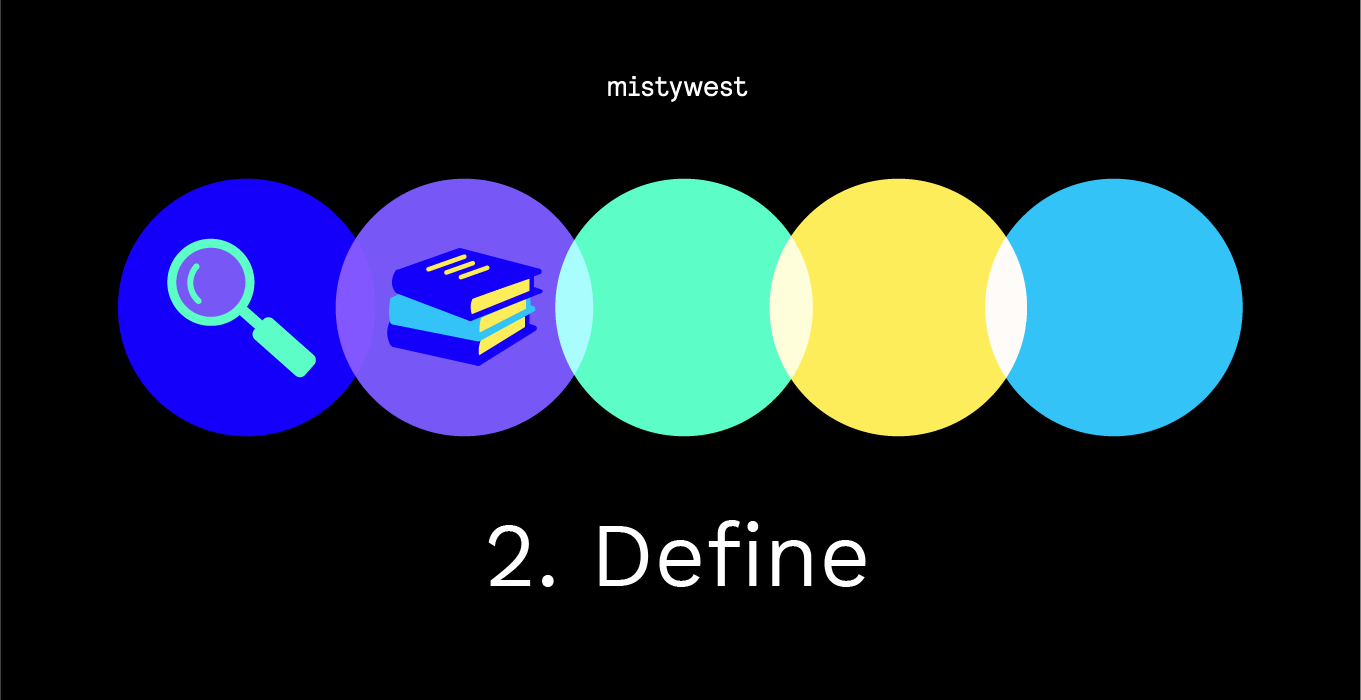
2. Define
Begin a design iteration by defining the problem. A clear understanding of the current situation, known stakeholders, and the vision of a better future solution is crucial to focus the design team’s effort. The project’s definition stage is a time for the product development team to identify what elements are well understood and where more research is necessary.
Example: TZOA is a Vancouver-based startup who is tackling the lack of publicly available data on air pollution and environmental factors that affect human health through development of air monitoring technologies and IoT sensors. TZOA initially approached MistyWest with an observation: poor air quality has a significant negative effect on health, but the average person doesn’t have access to air-quality information about their personal environment. To solve this, TZOA sought to build an affordable, smartphone-enabled environmental air quality sensor, which people could use to make healthier choices about their activities.
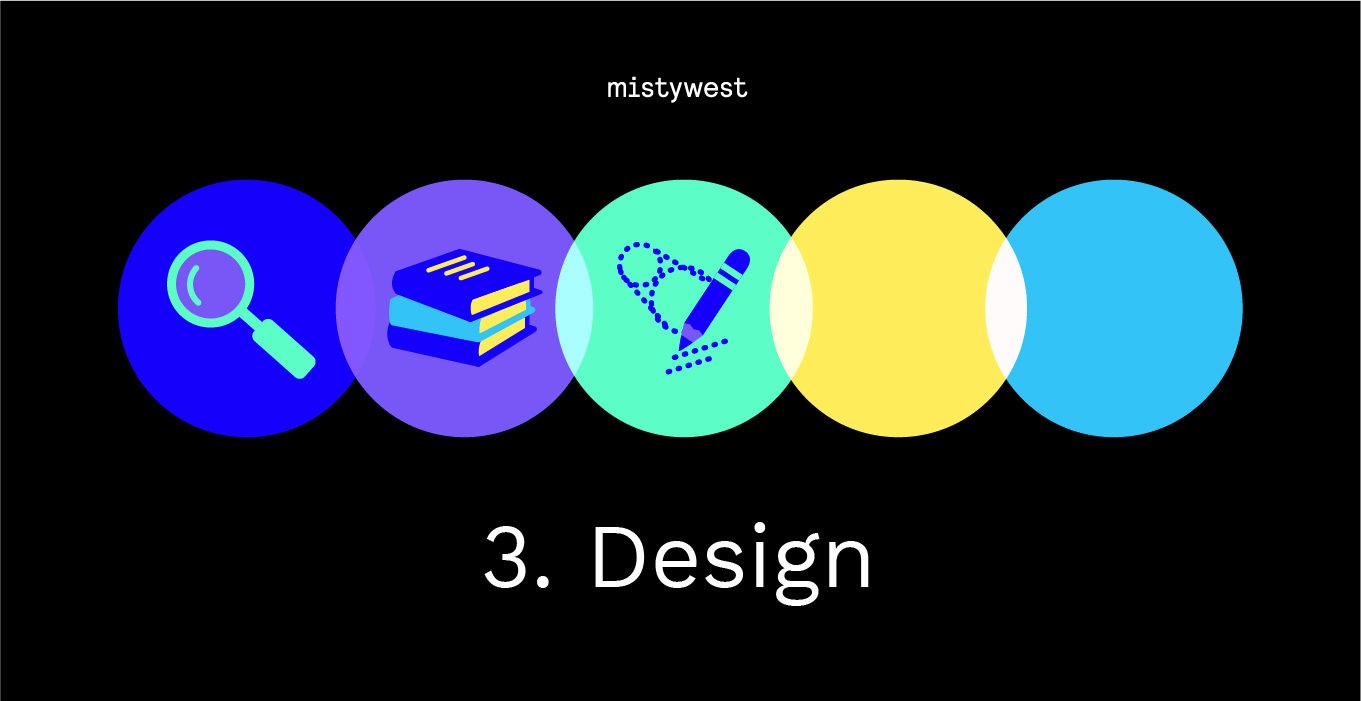
3. Design
The next step is to ideate a wide range of possible solutions based on the research findings. From those possible solutions, the design team critically analyzes which ones best solve the problem, referencing the user needs and problem parameters. It is crucial at this stage to recall the empathetic relationship to the intended user to guide the design solution choice towards one that addresses the users’ needs.
Example: MistyWest developed a detailed plan and conceptual designs to build prototype devices that addressed all significant technology risks for the TZOA platform but would still demonstrate its full functionality, including the critical requirement of portability.
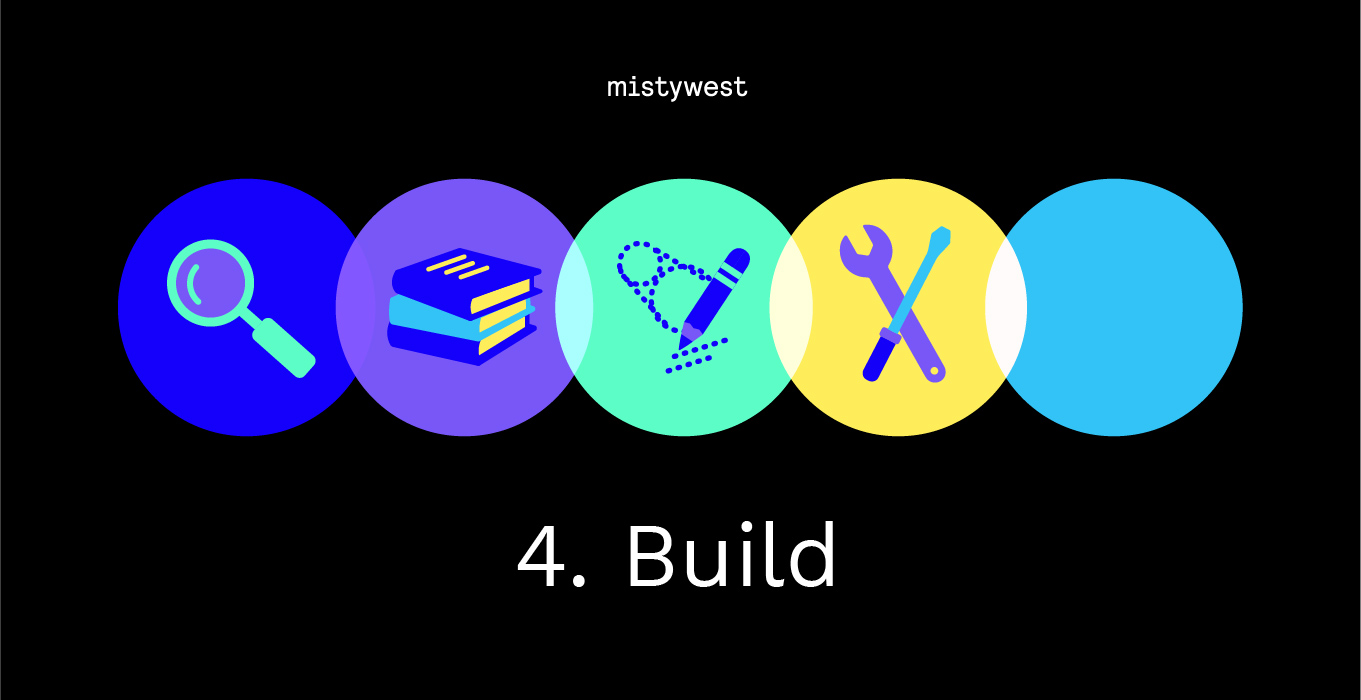
4. Build
Build physical prototypes of your downselected idea(s) – the design team should build to an appropriate level of detail to test and validate each functional subsystem of the product concept. Early prototypes may be simple—which is ok—since initially, the questions that need answering are general ones. Eventually, prototypes with hardware, firmware and connectivity included in the scope will ensure you get a close representation of the desired end product functionality.
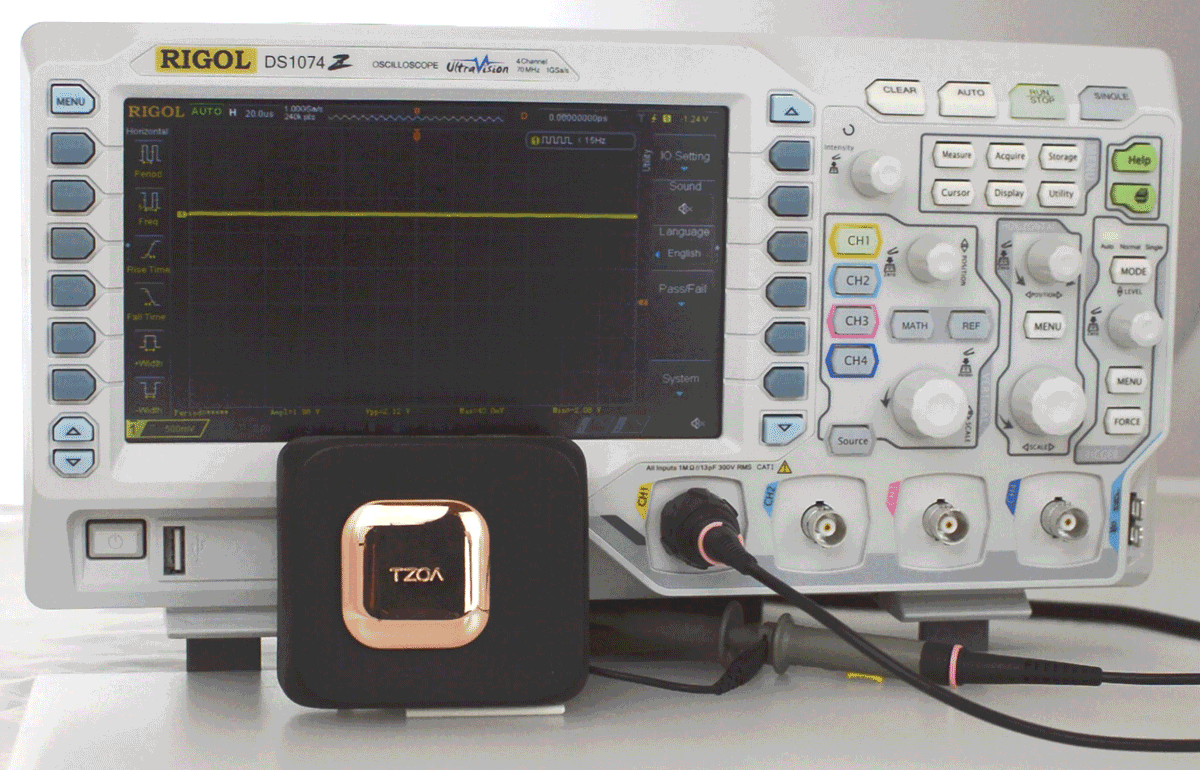
Example: Our team integrated our research and conceptual designs to build functional prototypes, in which, through testing, we identified several necessary augmentations that would yield substantial improvements to performance and help minimize the device’s overall footprint.
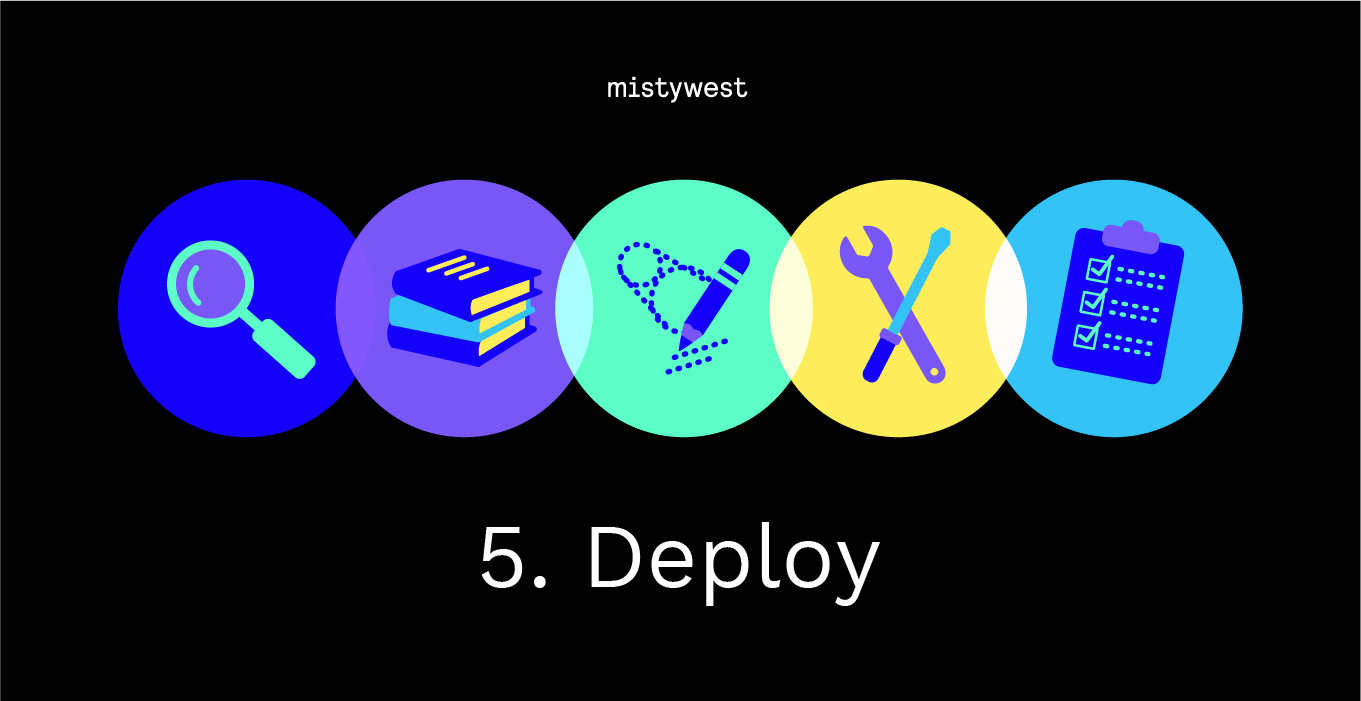
5. Deploy
Use prototypes to test the ideas with people that fit the user profile, validate technological uncertainties, and gain valuable insights. Observing testers’ behaviour when interacting with a prototype helps designers learn which features need to change and uncovers research topics that the product development team wouldn’t have known existed. Early and frequent prototype testing helps identify the product development team’s blind spots, avoiding the need for drastic design changes further in development when those are more costly.
Example: The TZOA prototypes underwent robust performance testing with UBC, which successfully identified various deficiencies with the initial prototype designs. MistyWest made repeated iterations, integrating required changes as identified in the prototyping phases and improving the design for manufacturability in low-volumes. At this point, the prototypes had reached a level of integration and functionality that approached a high-volume product.
Prototype devices in hand, TZOA gave them to early customers to gain valuable user feedback about how they function in the real world. Numerous prototype iterations allowed steady improvement in the durability, functionality, accuracy and cost of the devices until, finally, a device that met all the client’s objectives was ready for manufacturing.
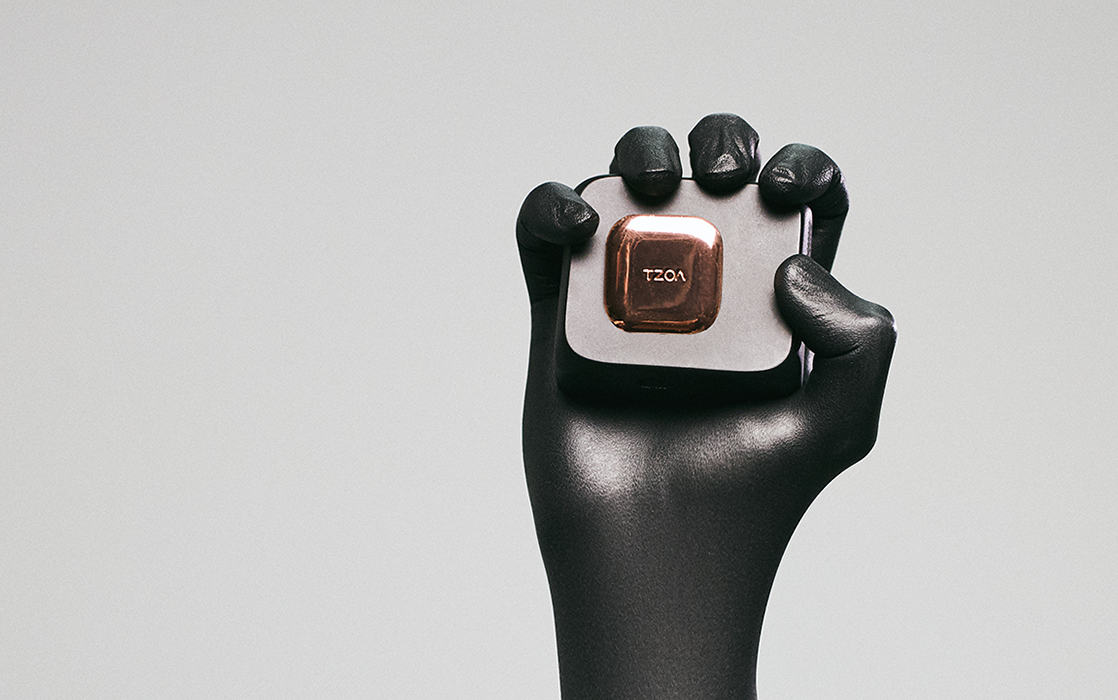
The final TZOA prototype
Outcomes of Design Thinking
Using an iterative design thinking approach, MistyWest was able to guide TZOA beyond their initial request for research on optical particle sensor technology. MistyWest helped them better understand the technical risks and design challenges, delivered functional prototypes that their customers could use, and enabled them to move on to low-volume production of their devices.
While design thinking is not the only methodology for solving problems, the empathetic approach has proven successful for our clients’ hardware and smart device projects. To avoid losing sight of the user story, it’s important to engage the users you expect to serve with your hardware product within the first month of development – even if you’re only in the brainstorming stage.
